|
Experiential learning resources for the innovative educator
All kids are different. We know this. This is the foundation of experiential teaching. Experiential learning is also a process that doesn't always lead to black and white outcomes, wrong or right answers. Yet it is still common practice to evaluate all students as if they are the same. How do we evaluate experiential learning then? How do we assess learning outcomes when those desired outcomes vary so widely among students? What are some ways to assess students or evaluate learning outcomes in a way that is personalized, isn't one size fits all, doesn't necessarily test for right or wrong answers, and measures growth and skill development in addition to content knowledge? There are some creative assessment strategies that really encompass all of these evaluation elements that I as an experiential educator am looking for such as personalization, student participation, and the inclusion of skills competencies. I use the following learning outcomes evaluation strategies with my experiential learners. If it seems like a bit much, try one method at a time or attempt to introduce some of the ideas gradually. At some point in your experiential journey, you will be able to implement all of these evaluation pieces together to create one powerful and effective evaluation strategy. Before getting into evaluating experiential learning activities or experiences, grab some free experiential tools to tie the entire experience together, from activity design to evaluation. This free experiential learning mini-bundle includes a quiz to help you narrow in on activities that work well for you and your students, a mind map to help you iron out experiential activity details, and an implementation spreadsheet. Ways to Assess Students Experiential Learning Outcomes1. Personal Learning Plans At the beginning of a session or any learning experience have students write personal and academic goals. You are setting students up to design their own assessments based on their personal vision, needs, and learning goals. Each of my students personalizes learning with a personal learning plan (PLP) that they create with me at the beginning of the school year. This is where they record their strengths, interests, and short and long-term goals. They return to their PLP periodically throughout the course of the year to review their goals and again at the end of the session to record cumulative learning outcomes. This evaluation strategy is a great way for students to stay accountable for learning throughout the process, not just to gain an awareness of learning outcomes at the end of the experience. It keeps students consistently striving to improve as well as provides opportunities for students to check their understanding of the materials or concepts consistently. 2. Learning Rubrics: It is difficult to measure experiential learning with an exam because you're evaluating an experience and/or a tangible outcome. So I use rubrics as my go-to assessment strategy for experiential learning activities. Rubrics can be adjusted to include specific criteria including growth and 21st-century skills proficiency. I often have my students generate their own rubrics that reflect goals, skills, strengths, interests, etc. All of these desired outcomes have been written into their personal learning plans. If one of their goals is to build problem-solving skills, they might include it as an evaluation criteria in their rubric. Self-generated rubrics are personalized and can be created for almost any experiential learning activity. Check out my experiential learning rubrics here, including a student-generated rubric template with word banks to guide students in rubric creation. This video shows exactly how I incorporate self-generated rubrics into my overall experiential learning assessment strategy. 3. Formative Assessments and Reflections: If you're looking for a quick and easy way to gauge if students are understanding the content, have them produce something for you. You can keep it quick and simple such as asking students to draw a diagram of a process that they've been learning about, such as the energy budget, for example. I use their first drafts of final products as a formative assessment tool. Let's say one of my students is completing a self-directed project-based learning activity about the history of their hometown architecture, and they've decided to create a model of their hometown to demonstrate learning. Taking a look at progress reveals a lot about their understanding of the topic and where there might be some misconceptions or content gaps. I also have students do learning reflections after each learning activity. They write learning reflection essays or answer reflection questions from a guide that I give them. My students a digital learning reflection template. This is a great tool to evaluate understanding and growth. 4. Assessment Portfolios This is my favorite part! Because my students learn through experience rather than direct instruction, they end up with tangible outcomes to display. Those outcomes might be photographs of learning experiences, reflections, digital final products, rubrics, and so on. My students compile all of their experiences into one digital learning portfolio that reflects learning as a whole rather than discrete units. They can then share their learning portfolios, present them to their class at the end of the year or session, and take it with them when they go. This is how students show growth, 21st-century skill-development, content knowledge, community engagement, and so much more. Head over to my blog post specifically on learning portfolios for more details. I go over how I use portfolios, tricks and tips for facilitating and guiding your students in the portfolio-building experience, and more. Join our experiential learning Facebook group! Did you know there is an experiential learning Facebook group? Check that out - Experiential Learning Community for K12 Teachers - and join in the discussion about experiential learning ideas! Find us on social media! Follow Experiential Learning Depot on Pinterest, Facebook, Youtube, and Instagram for more on experiential education, and check out my shop for experiential learning resources. Relevant Blog Posts:Observe. Question. Explore. Share.
2 Comments
Hi Sara, Great Ideas! There is a need for customized education and evaluation as well. Even many universities turned up with the idea of customized learning for students and also training the teachers for the same. You are right every student is different and it would be an injustice with students if we teach them in the same manner and moreover expect the same output from them. After all, we are human beings, not machines. Every kid is different and has the potential for achievement in some fields. The methods for the Experimental learning evaluation you shared are very helpful. The way you explained here what you do for experimental learning evaluation exhibits your tremendous efforts and passion for teaching. Thanks for sharing.
Reply
Sara (Experiential Learning Depot)
4/13/2021 10:19:59 am
Thank you, Rum Tan! “Human beings, not machines”. I like that. Thank you for reading!
Reply
Your comment will be posted after it is approved.
Leave a Reply. |
Blog IntentTo provide innovative educational resources for educators, parents, and students, that go beyond lecture and worksheets. AuthorSara Segar, experiential life-science educator and advisor, curriculum writer, and mother of two. Categories
All
|
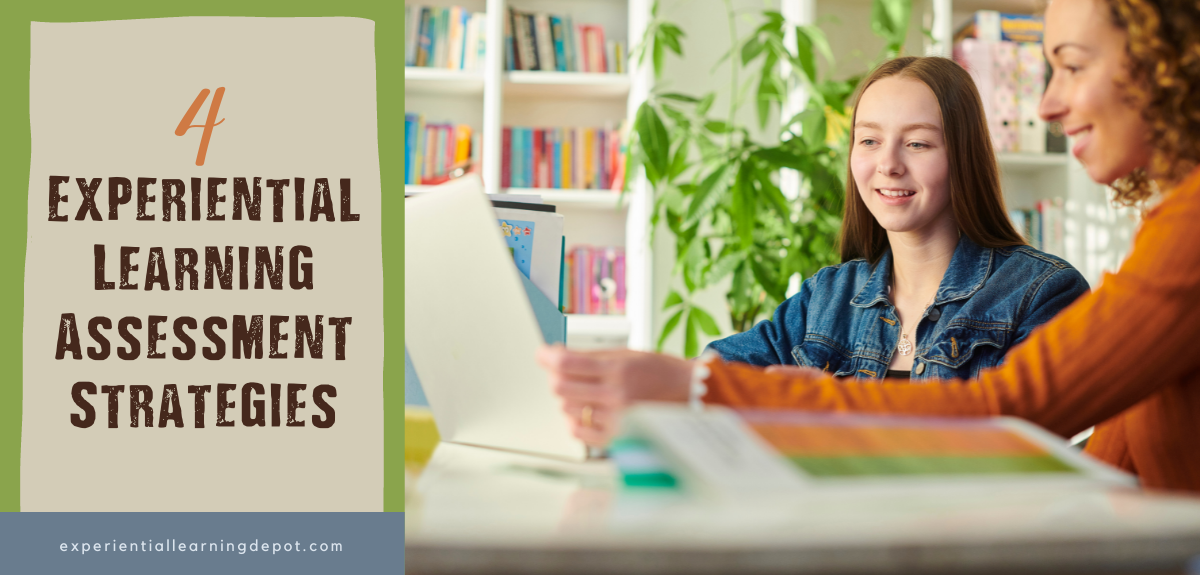
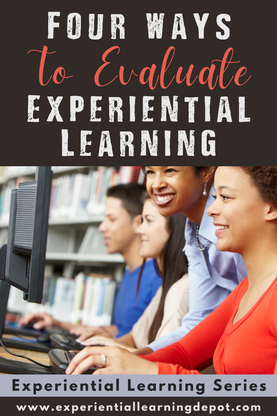
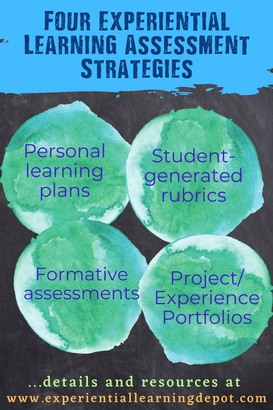
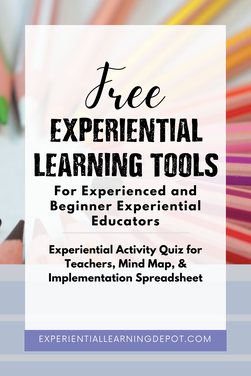
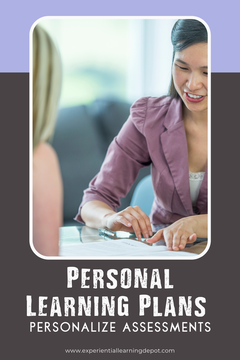
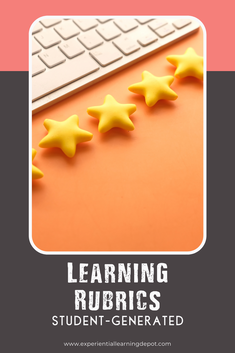
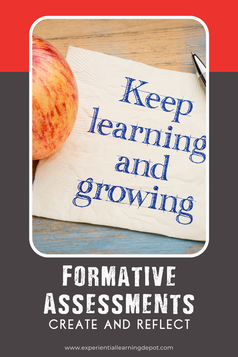
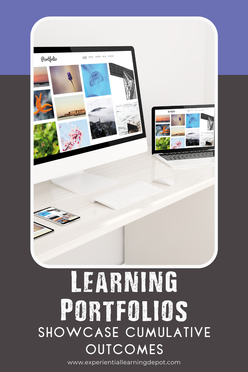
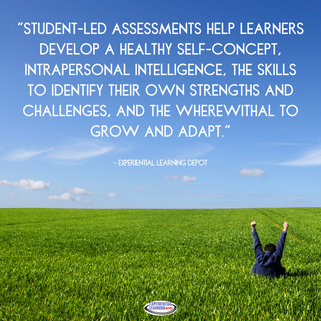
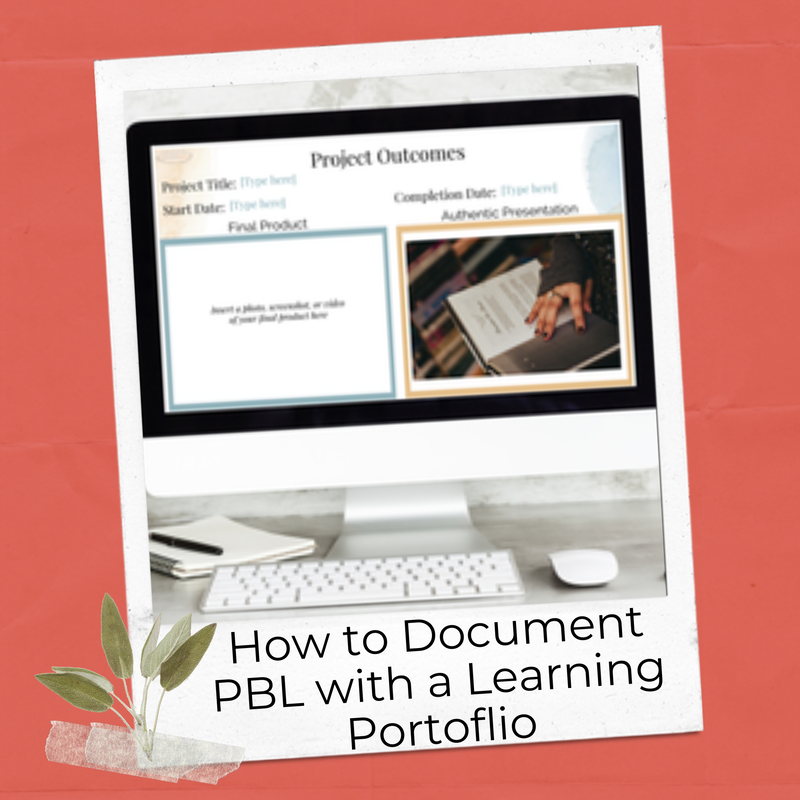
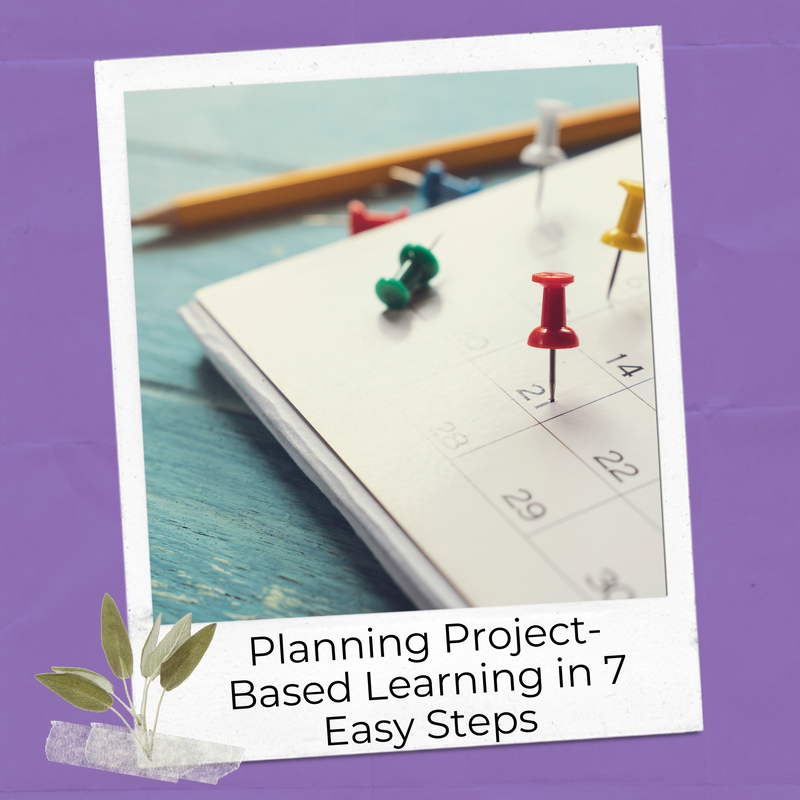
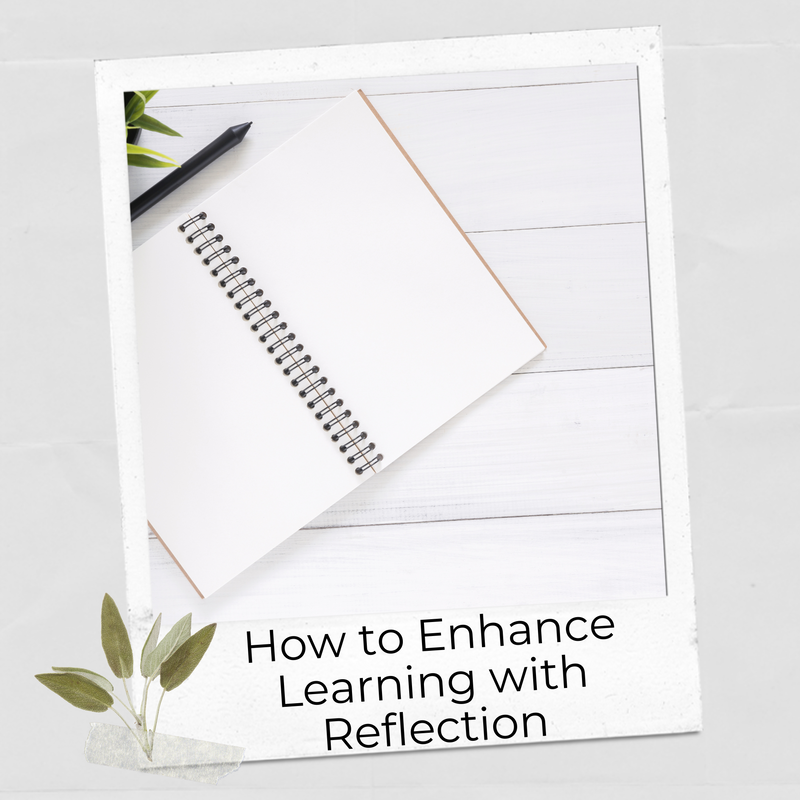


 RSS Feed
RSS Feed